Optimal Timing for Foundation Repairs
Foundation repairs are essential for maintaining the structural integrity of a property. The timing of repairs can impact their effectiveness and cost. Understanding seasonal and weather-related factors helps determine the optimal time for addressing foundation issues.
Spring offers moderate weather conditions, making it suitable for foundation work. Soil moisture levels are typically balanced, reducing the risk of further shifting.
Summer provides longer daylight hours and warm weather, which can facilitate repairs. However, high temperatures and dry soil may pose challenges.
Fall often features cooler temperatures and increased moisture, which can help soil settle evenly around the foundation before winter.
Winter conditions can hinder foundation repairs due to cold temperatures, frozen ground, and potential snow or ice, which delay work and affect materials.

Springtime foundation repairs benefit from balanced soil moisture and moderate temperatures.

Summer offers extended working hours but requires attention to soil dryness and heat.
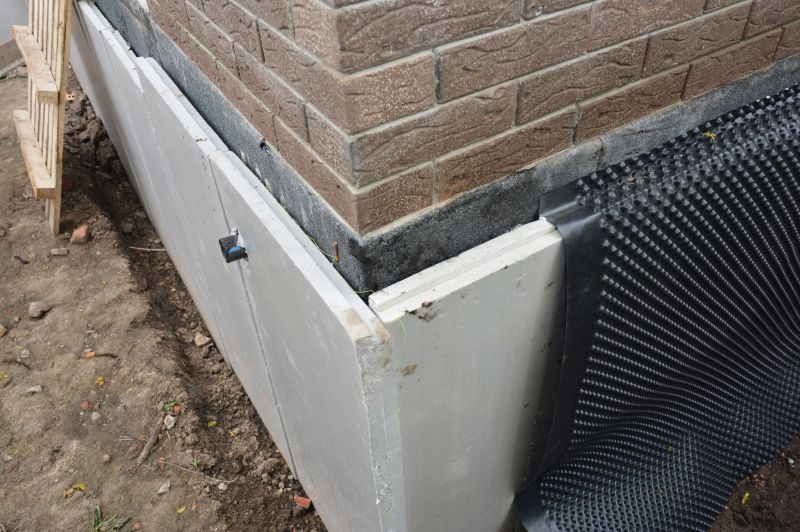
Fall's cooler temperatures and increased moisture support effective foundation repairs.
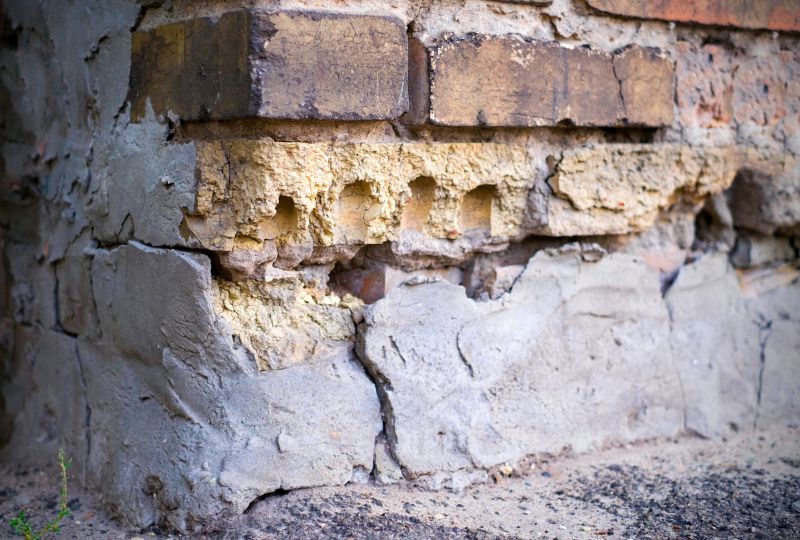
Winter conditions can delay foundation repairs due to frozen ground and inclement weather.

Ways to make Foundation Repairs work in tight or awkward layouts.
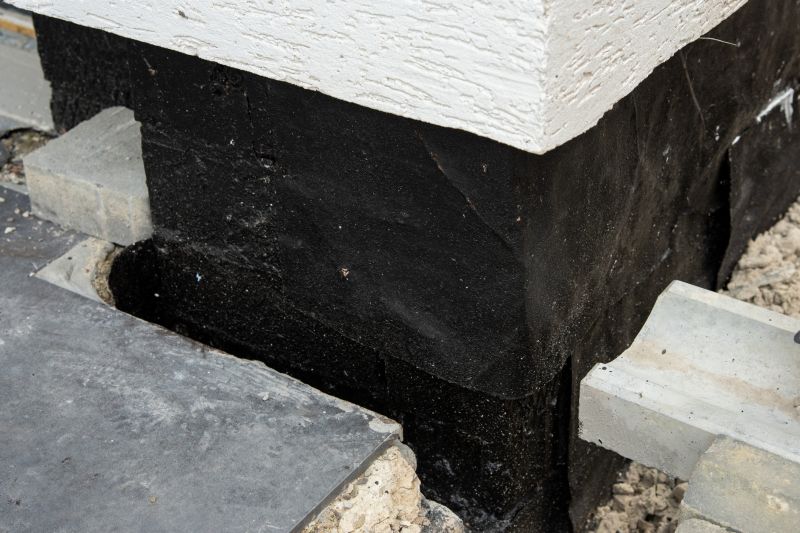
Popular materials for Foundation Repairs and why they hold up over time.

Simple add-ons that improve Foundation Repairs without blowing the budget.
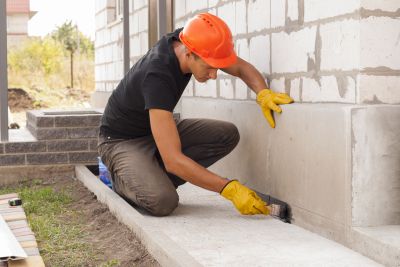
High-end options that actually feel worth it for Foundation Repairs.
| Season | Advantages | Challenges |
|---|---|---|
| Spring | Balanced soil moisture, moderate temperatures | Potential for rain delays |
| Summer | Longer working hours, warm weather | Dry soil, high temperatures |
| Fall | Cooler temperatures, increased moisture | Approaching cold weather |
| Winter | Less activity, if conditions permit | Frozen ground, snow, and ice |
Foundation repairs involve addressing issues such as settling, cracking, and shifting that compromise the stability of a structure. Timely repairs can prevent further damage and costly future repairs. Soil conditions, weather patterns, and the severity of foundation damage influence the best time to undertake repairs. Proper planning ensures that repairs are effective and durable.
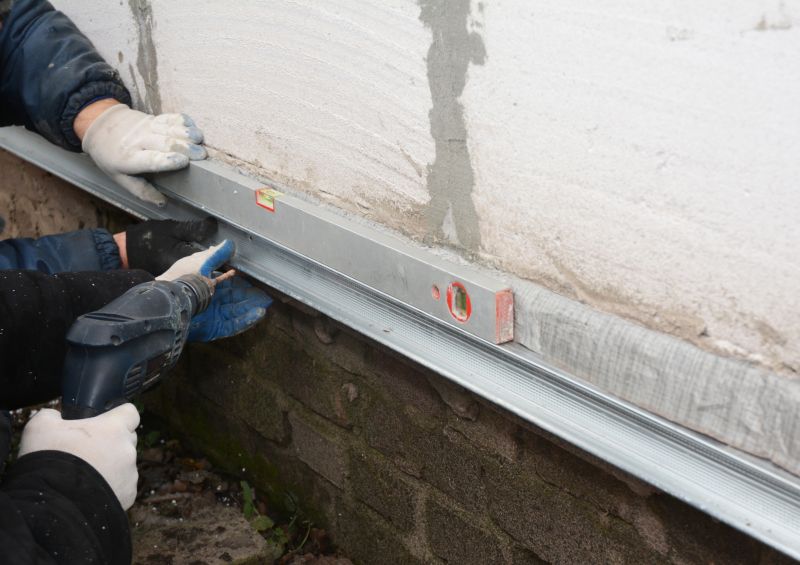
Visual documentation of foundation stabilization methods.
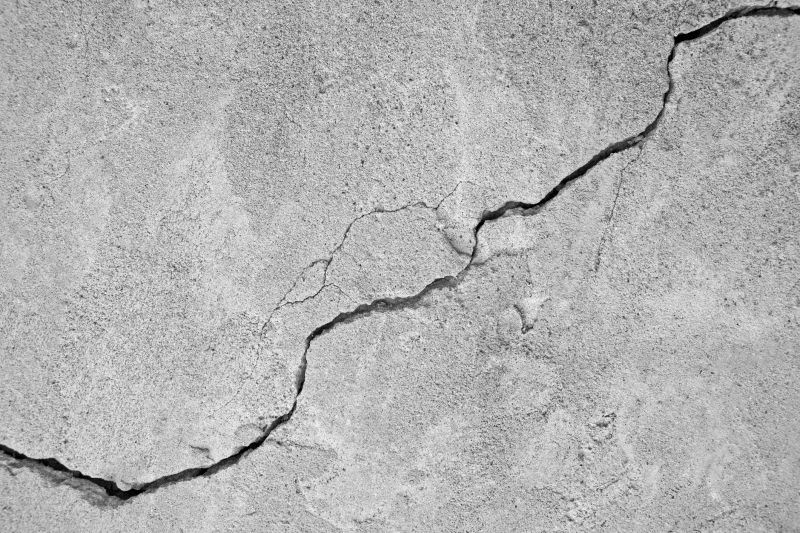
Examples of foundation cracks before repairs.

Reinforcement techniques used during repairs.

Finished foundation stabilization project.
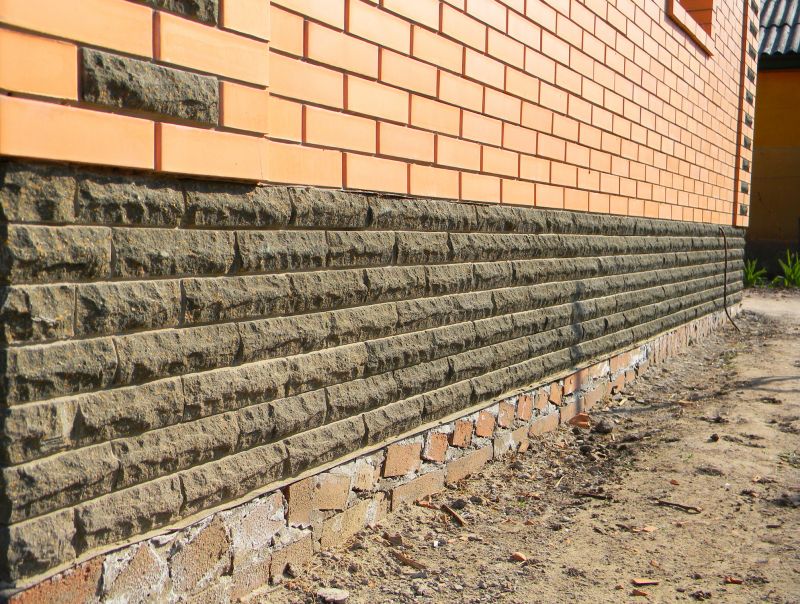
Finishes and colors that play nicely with Foundation Repairs.

Little measurements that prevent headaches on Foundation Repairs day.
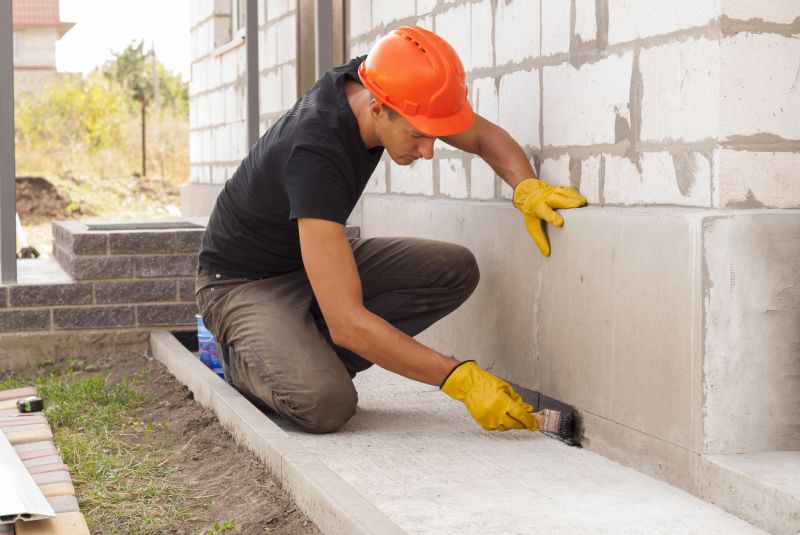
A 60-second routine that keeps Foundation Repairs looking new.
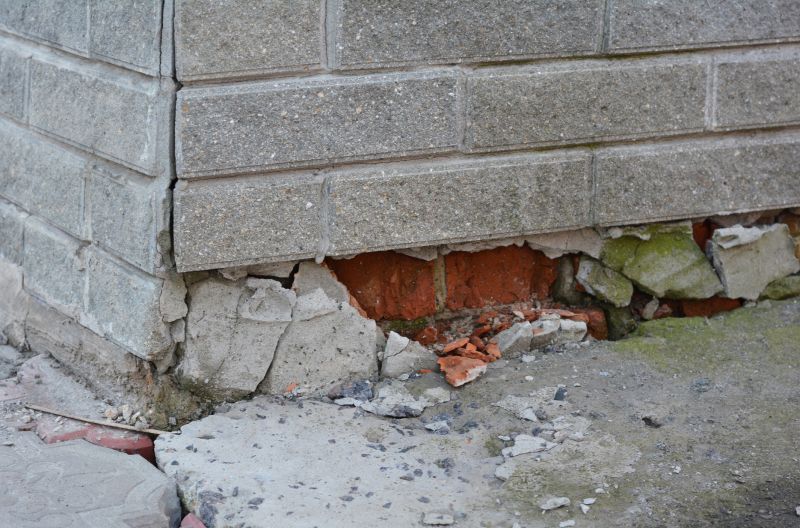
A frequent mistake in Foundation Repairs and how to dodge it.
Interested property owners can consider scheduling foundation repairs during the optimal seasons of spring and fall for the most effective results. Proper timing helps ensure the longevity and stability of the structure, reducing the risk of future issues. Contact the relevant foundation specialists to discuss specific needs and create a tailored repair plan.

